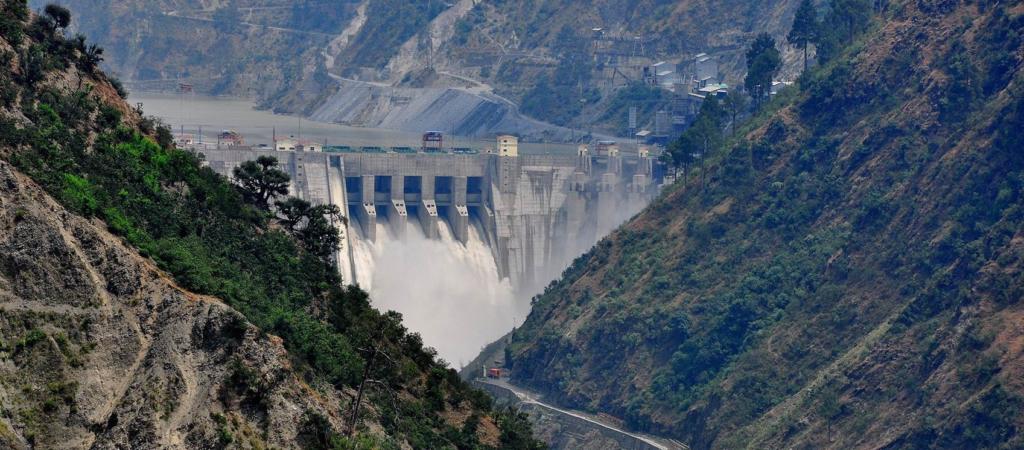India has been generous towards Pakistan for decades regarding the use of water of Indus river system. But Pakistan’s ill-advised actions forced the Indian leadership to deal strictly with them. The government has decided to fast-track three projects on Indian part of the river system to stop its share of water flowing down to Pakistan. The three projects include construction of two dams- Ujh dam and Shahpur Kandi dam and Sutlej-Beas link in Punjab. “These (three) projects were stuck in red tape and inter-state disputes. But it has been decided to expedite the execution of these projects,” said an official.
In 2016, government constituted a high-level task force led by principal secretary to the Prime Minister Nripendra Mishra, NSA Ajit Doval, foreign secretary Jaishankar and finance secretary Ashok Lavasa as members to better utilize India’s share of Indus river system without scrapping Indus Water Treaty (IWT). As per the IWT, control over the water flowing in three eastern rivers of India- the Beas, the Ravi and the Sutlej rivers with the mean flow of 33 MAF was given to India, and the control over the water flowing in the Indus, the Chenab and the Jhelum rivers with the mean flow of 80 MAF has been given to Pakistan. India has been using only 20 percent of the total water carried by the Indus rivers system in a non-consumptive manner while Pakistan makes use of the remaining 80 percent. However, previous Indian governments never used even that 20 percent of the share and allowed Pakistan to make full use of it. “India uses nearly 93-94 per cent of its share under the Indus Waters Treaty. The rest of the water remains unutilized and goes to Pakistan,” an official said.
The Ujh dam is a multipurpose project in Kathua district of Jammu & Kashmir over the river Ravi. The dam will have the capacity to generate 196 MW electricity and be used for irrigation is neighboring areas. The Shahpur-Kandi dam, a joint project between Punjab and J&K government was started in 2013 but halted due to some issue on part of J&K government. Now the project will be fast tracked with assistance from central government.
The decision to effectively utilize the Indian part of the river system was taken after Uri attacks. The water treaty was brokered by World Bank in 1960 and since then, despite treaty being in favour of Pakistan, India has maintained an uninterrupted flow of Pakistan’s share of water. In fact, India never used its own share of Indus river water and as a result it flowed down to the other side. This helped the agricultural economy of Pakistan to prosper. Both the countries have fought three full-fledged wars since the signing of IWT with India getting enough opportunities to starve the people of Pakistan by diverging the Indus waters but it maintained restraint. UPA government maintained a soft approach towards Pakistan but Modi government is well aware of the fact that nations like Pakistan cannot be dealt without tough measures.
After the Uri attacks, government decided to use IWT as a weapon against Pakistan. The government is set to construct dams across the Indian part of the river and will make full use of its own share which Pakistan has been doing for long. The country is working on five ambitious hydroelectricity projects – Pakal Dul (1000 MW), Ratle (850 MW), Kishanganga (330 MW), Miyar (120 MW) and Lower Kalnai (48 MW). These are either to be built or planned in the Indus river basin in order to make full use of the Indus river basin. This will contribute in the socio-economic upliftment of the people of the region. Ujh dam, Shahpur Kandi dam and Sutlej-Beas link in Punjab are other projects by India to achieve its goals.
